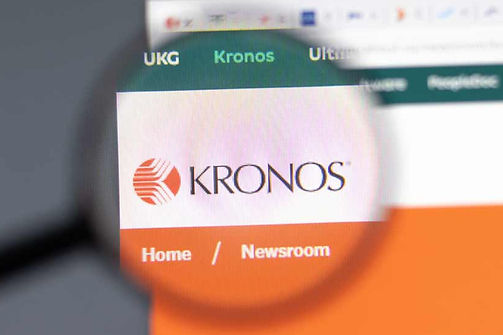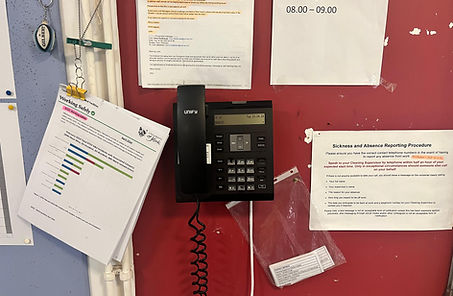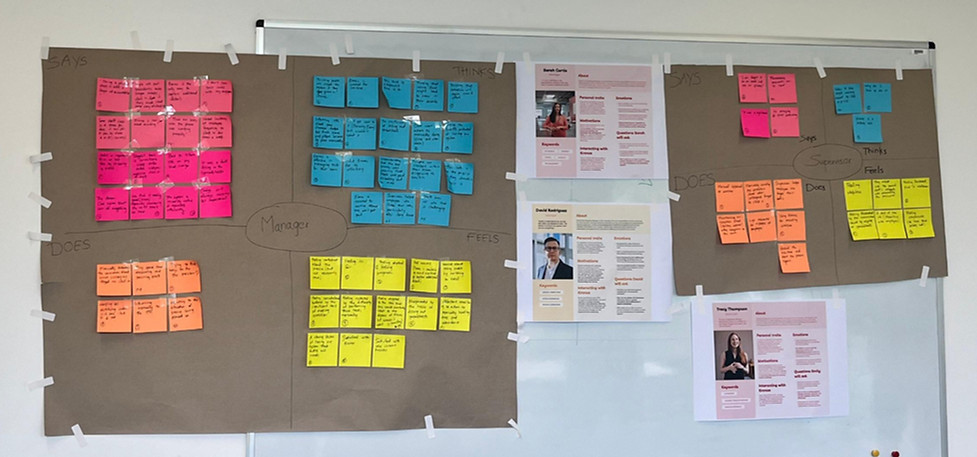This is a UX research project that showcases my UX research and presentation skills, focusing on understanding user needs, identifying pain points, and proposing actionable solutions to improve a critical system.
My role: UX Researcher
Timeline: 7 weeks
Team: UX Designer, UX manager, 2 Business Analysts, Project Manager
.jpg)
The Challenge
The University of York needed to decide whether to renew, replace, or discontinue its Kronos time and attendance system. During a 6-week system downtime, employees relied on manual methods like Excel, paper, and departmental systems, which led to inefficiencies, payroll errors, and frustration.
Key issues identified:
-
Manual processes were time-consuming and error-prone.
-
Inconsistent time-tracking methods across departments created confusion.
-
Disconnect between management and staff: Managers believed processes were smooth, while ground-level employees faced significant challenges.

Ethnographic Research
We conducted ethnographic research to understand user needs and pain points:
-
Semi-structured interviews with 30+ participants from HR, payroll, and various departments.
-
Participant observations of clock-in processes and shadowing to capture workflows.
-
Synthesis methods: Empathy mapping and affinity diagramming to identify key themes.
.jpg)

Ground staff found the telephone clock-in system frustrating due to early morning delays caused by high usage, which wasted valuable work time and led to occasional missed clock-ins.

Some supervisors used paper to track attendance and holidays, later converting the data into Excel sheets to send to managers because they didn’t have direct access to Kronos.

The affinity diagram
Pain Points
Manual record-keeping caused payroll discrepancies and lost audit trails.
Ground staff felt overburdened by administrative tasks.
Departments like catering, cleaning, and estates used inconsistent tracking methods.
User Needs
Automation to reduce manual work.
Standardised processes for consistency.
Mobile/kiosk access for flexible clocking.
Role-based interfaces and better training.
The Proposed Solution
We recommended a modern, cloud-based time and attendance system to replace Kronos, with the following features:
-
Automated Time Tracking: streamlined reporting and integration with payroll systems to reduce errors.
-
Standardised Processes: Unified time-tracking methods across all departments for consistency.
-
Mobile and kiosk access: Enabled employees to clock in/out via smartphones or on-site kiosks.
-
Role-Based Interfaces: Custom dashboards for ground staff, supervisors, and managers to simplify workflows.

I presented the affinity diagram, empathy maps, and personas of managers, supervisors, and ground staff to the stakeholders
Impact
The research phase uncovered major inefficiencies in the university login system, which previously forced staff to spend 20–25 minutes each day just accessing their schedules and recording time. By addressing workflow bottlenecks, clarifying navigation, and streamlining authentication steps, we successfully reduced the average login time to under 15 minutes. This change directly benefited over 1,270 staff members across the university, significantly easing daily frustrations and improving operational efficiency.
On an institutional level, the time saved translated into thousands of working hours reclaimed each year , a critical improvement for a university managing tight budget constraints. By optimising internal processes, the project helped avoid an estimated £120,000+ in annual productivity losses, reinforcing the value of user-centred design in large-scale digital systems.